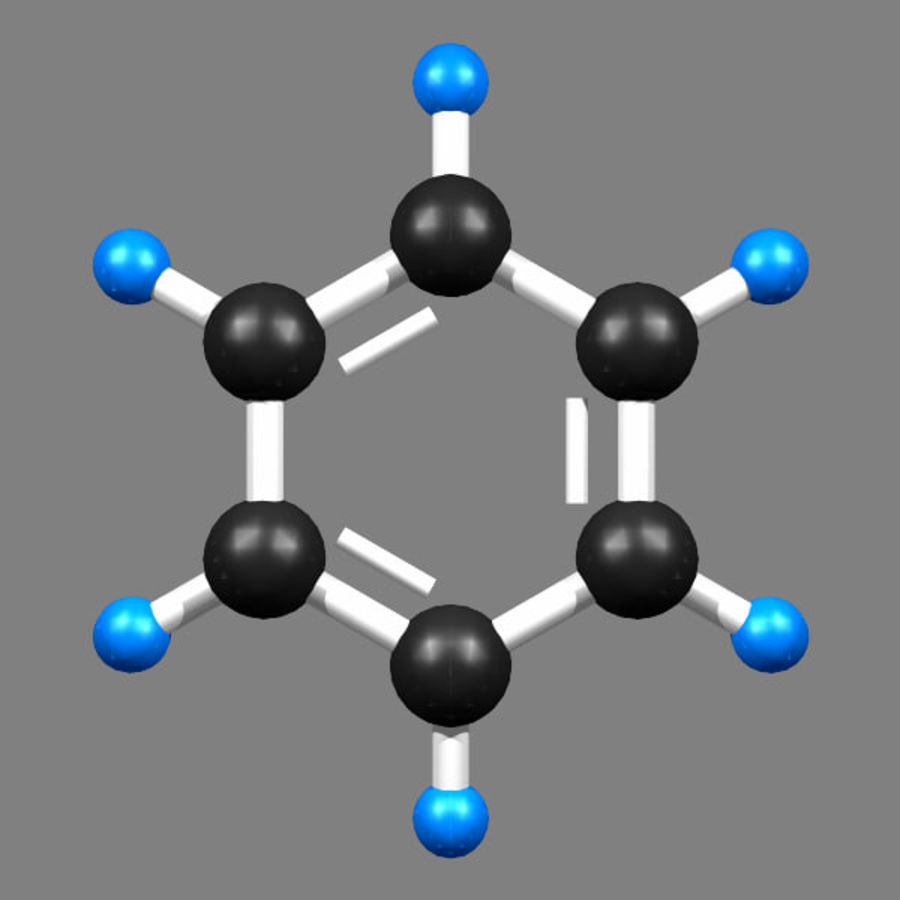Benzene Market: Global Industry Analysis, Trends, Market Size and Forecasts up to 2024

Related Reports
The report on global benzene market provides qualitative and quantitative analysis for the period of 2016 to 2024. The report predicts the global benzene market to grow with a CAGR of 4.5% over the forecast period of 2018-2024. The study on benzene market covers the analysis of the leading geographies such as North America, Europe, Asia-Pacific and RoW for the period of 2016 to 2024.
Benzene is an organic chemical compound that contains only carbon-hydrogen atoms joined in the ring structure. Benzene is a liquid aromatic hydrocarbon with high flammable, volatile and toxic properties. Benzene is found in crude oils as a by-product of oil-refining processes. Benzene, if in comes in contact with a person, can cause health-related issues such as central nervous system damage, bone marrow damage and others, also breathing very high levels of benzene can result in death.
The benzene is a large volume commodity petrochemical that shows diverse applications in the chemical industry. The versatile applications served by the benzene is the key factor driving the benzene market worldwide. The major amount of produced benzene is essentially used in the production of various chemicals such as ethylbenzene, cumene and cyclohexane that are used in the Tire/Rubber Manufacturing, plastic, paint and coatings, printing and other industries. In addition, the rapidly growing demand of Styrene or polystyrene which are the derivatives of benzene, are used in various end-use industries which is likely to boost the growth of the benzene market.
The manufacturing of synthetic rubbers and polystyrene are the major applications of the Styrene. The rising uses of polystyrene in the food packaging, construction and in the manufacturing industries for insulation and manufacturing purpose is expected to contribute to the growth of the benzene market over the forecast period. However, the U.S. Consumer Product Safety Commission (CPSC) recommends ban of benzene in consumer products because it has linked with various health related issues such as cancer of the white blood cells, blood disorders and abnormalities of genetic material that may hamper the market growth.
Moreover, rapidly increasing phenol consumption is expected to escalate the growth of benzene market in upcoming years. Phenol is one of the derivatives of benzene used in the production of household application and as intermediates for the industrial synthesis.
Geographically, Asia Pacific accounts for the nearly half of the global production and consumption of benzene. The factors such as favorable government regulations, growing end-use industries including electronics, packing, construction, paint and coating and many other, availability of cheap resources and skilled workforce are likely to fuel the growth of benzene market in this region.
The report on benzene market is a comprehensive study and presentation of drivers, restraints, opportunities, demand factors, market size, forecasts, and trends in the global benzene market over the period of 2016 to 2024. Moreover, the report is collective presentation of primary and secondary research findings.
Porter’s five forces model in the report provides insights into the competitive rivalry, supplier and buyer positions in the market and opportunities for the new entrants in the global benzene market over the period of 2016 to 2024. Further, the Growth Matrix given in the report brings an insight on the investment areas that existing or new market players can consider.
Research Methodology
Primary Research
Primary research involves extensive interviews and analysis of the opinions provided by the primary respondents.
The primary research starts with identifying and approaching the primary respondents, the primary respondents are approached through:
1. Key Opinion Leaders associated
2. Internal and External subject matter experts
3. Professionals and participants from LinkedIn, Hoovers, Factiva and Bloggers
Primary research respondents typically include:
1. Executives working with leading companies in the market under review
2. Product/brand/marketing managers
3. CXO level executives
4. Regional/zonal/ country managers
5. Vice President level executives.
Secondary Research
Secondary research involves extensive exploring through the secondary sources of information available in both public domain and paid sources. Each research study is based on over 500 hours of secondary research accompanied by primary research. The information obtained through the secondary sources is validated through the crosscheck on various data sources.
Secondary sources of the data typically include:
1. Company reports and publications
2. Government/institutional publications
3. Trade and associations journals
4. Databases such as WTO, OECD, World Bank, and among others.
5. Websites and publications by research agencies
Segments Covered
The global benzene market is segmented on the basis of derivatives and application.



